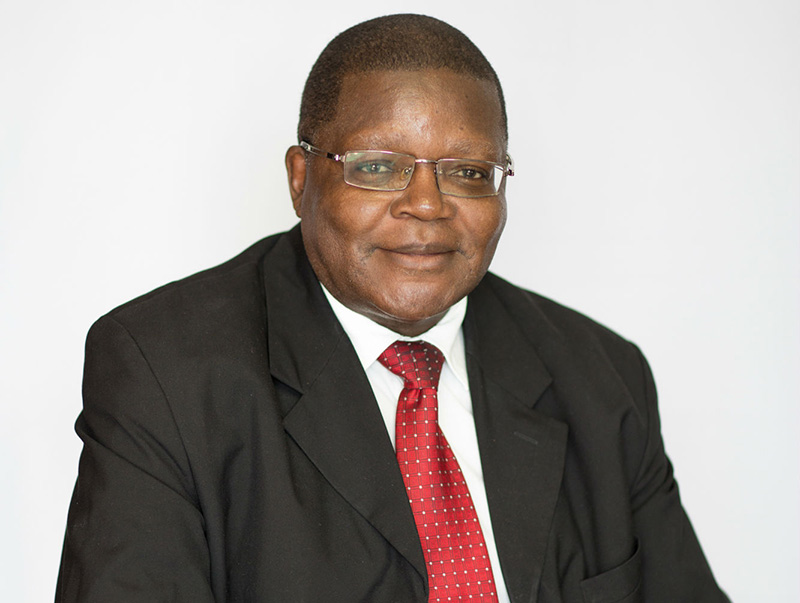Prof Jairos Kangira
Recently, it has become trendy for many universities across the world to engage in reorganising their structures under the guise of genuine transformation that is supposed to bring efficiency in the running of these institutions and save billions of dollars in operation costs.
The men and women who have initiated these restructuring processes might have had good causes at the beginning, but the side-effects of this exercise have had far-reaching consequences for academic and non-academic staff and their families, who are caught in the quagmire.
What is worrisome is that the university restructuring has become a mania for some management and ad hoc committees spearheading it everywhere in such a way that it seems true they have become oblivious of or they have chosen to ignore the attrition and agony the exercise has on the souls of their affected staff.
Calling a spade a spade, university restructuring has brought instability and acrimony among both academic and non-academic staff members, and to students, to a great extent, throughout the world where it has been effected. For example, the merger of big faculties and transforming some departments to schools and colleges has left many academic and non-academic staff stranded midway, some having been stripped of the positions they previously held and others being laid off because their positions no longer exist in the new structures.
In some cases, academics have been forced to join departments, schools and faculties that have little or no relevance to their areas of specialisations. In such cases, the erstwhile collegiality the academics used to have is lost as they are divorced from their disciplines. This is likely to lead to the development of low morale and loss of motivation, which is most likely to affect performance in teaching, research and community engagement.
In the merged faculties and schools, which are usually huge, academics literally become lost, and they flounder as they attempt to find their relevance in the structures of the new dispensation. In this case, the larger open structures are counter-productive to the academics, who find it difficult to get funding and support for research activities because of meagre funds in the new establishments.
The huge interdisciplinary entity (school, college or faculty) is therefore stifling and inhibiting academic’s research output. Some academic and non-academic staff members are moved across campuses against their will. Where this has happened, it has disrupted families.
Some programmes have been negatively affected by the organisational restructuring of universities. Universities have been forced to repackage some programmes in order to meet the interdisciplinary nature of the new departments, schools and faculties. It is unfortunate that there are instances where programmes have been discontinued because of the confusion caused by the restructuring of faculties and programmes.
In his research titled Institutional restructuring in higher education within the Commonwealth of Independent States, Varghese (2009, p. 13) concluded that: “The process of institutional restructuring has changed how institutions function, affecting various university groups differently. Some experts believe the restructuring process has changed universities’ mission for the worst, whereas others feel there was no alternative but to reform the system. Instances of strong resistance – both to these changes and to the restructuring process, are common throughout CIS countries. A continuous process of bargaining and negotiating is significant to restructuring efforts. Certain universities have been more successful than others in implementing these changes.”
In some cases, academics’ rights are flagrantly violated during the restructuring process. In the U.S, for instance, Cain and Leach (2021, p. 7) found that “Replete in the cases was disregard for tenure and the rights that it would normally entail, including relocation rights, recall rights, and the notice and severance that would be afforded to those dismissed through appropriate procedures. At many institutions that awarded tenure, it proved of little consequence; tenured faculty were dismissed while untenured faculty were retained. At those without tenure systems, long-standing faculty whom the AAUP argued should have had the protections of tenure due to the length of their employment frequently lost their positions; these were, in essence, implicit tenure violations. Indeed, having earned tenure or been on the faculty for many years could prove detrimental to faculty in times of restructuring or financial crisis (real or claimed)”.
In conclusion, while restructuring of universities is often considered a good thing to do, it is forgotten to note that also it has brought more pain than gain to the affected academic and non-academic staff. The huge structures are not only difficult to manage efficiently, but they also pose a big threat to academic research output. They also infringe on academic freedom, which is the mainstay of all academic work in higher education institutions.
- kjairos@gmail.com


